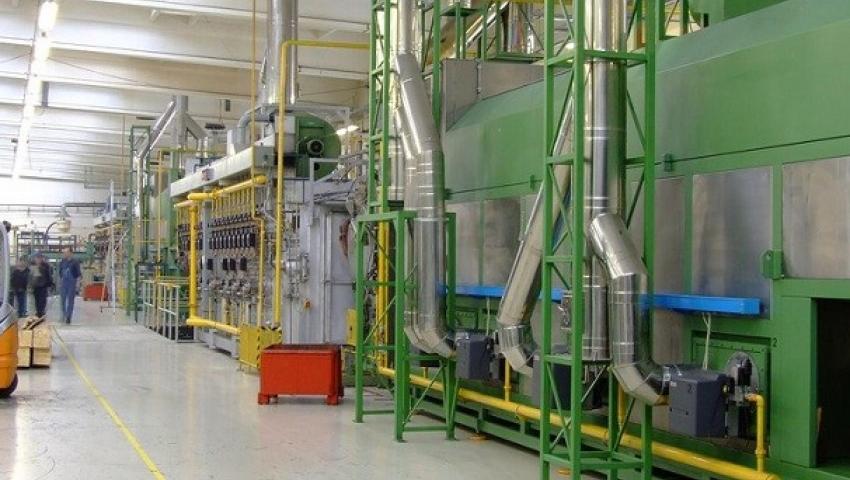Growth of exports from small industrial municipalities against the background of the crisis
The highest income from exports per capita is reported in Devnya

Source: Pixabay
The first months of the COVID-19 crisis brought with it chaos in supply chains, closed borders, interrupted trade and shrinking supplies. For this reason, the export of a large part of the Bulgarian production was practically stopped in the period between March and May, while the international travel regimes were normalized and the clarity of the main trade partners of the Bulgarian business increased. This is written in the analysis of the economist in education, labor market, poverty and inequality, e-government and regional development at the Institute of Market Economics Adrian Nikolov "Small industrial municipalities are growing exports amid the crisis."
As a result, out of 202 municipalities for which the NSI provides data on the volumes of exports of non-financial corporations per capita, 114 saw a decline in 2020, and growth - only 88. As expected, the most volatile - with growth and declines over 50% are 19 municipalities - are almost extremely small municipalities, where the expansion or collapse of one or two leading companies can reverse the trajectory of the municipal economy. It is noteworthy that there is a discrepancy in the dynamics of the capital and its surrounding municipalities and the other two leading economic centers - Plovdiv and Varna. In the Sofia municipality itself, exports fell by 3.8% per year, and in its industrial periphery the contraction was even more significant - in Kostinbrod exports decreased by 3.8%, in Elin Pelin - by 12%, with the exception of Bozhurishte, where an increase of 24% is observed. At the same time, in most Plovdiv municipalities there is a stable growth, most visible in Kaloyanovo (117%), Kuklen (70%), Rodopi (30%), Maritsa (9%). This is a result of the rapid recovery of industrial production demand of highly export-oriented companies in the Thrace Economic Zone, as well as rising prices and demand for metals. A similar but more limited effect is observed in the municipality of Beloslav, which concentrates part of the industrial production of Varna (with an increase of 87%), as well as in the municipality of Varna (3% increase). As expected, the largest concentration of municipalities with declining exports is on the southern Black Sea coast.
The municipalities where exports play the most significant role in the local economy are most often those in which the manufacturing industry is the leading industry. In 2020, the highest exports were per capita in Devnya - BGN 68.5 thousand per capita, but with a significant decline of 25% in the pandemic year. The top five is supplemented by Bozhurishte (BGN 67.9 thousand per person), Maritsa (BGN 49.5 thousand per person) and Botevgrad (BGN 34 thousand per person). Among the large municipalities, the highest exports are in the capital (BGN 25,000 per person), Burgas (BGN 17,000 per person) and Ruse (BGN 17,000 per person).
In 2020, the highest export revenues were registered by non-financial enterprises in Sofia - BGN 32.3 billion, followed by those in Plovdiv (BGN 4.2 billion) and Burgas (BGN 3.6 billion), with over BGN 1 billion exports are a total of only 10 municipalities across the country. In 74 municipalities the volume of exports is below BGN 10 million.
Municipal dynamics during the pandemic year is largely determined by changes in the overall structure of exports and changes in its volume in individual sectors of the national economy. While the country's total exports shrank by 4% during the year, the decline in the tourism sector was 75%, in the cultural sector - 45%. At the same time, the ICT sector is growing by 15% and the mining sector by 27%. The decline of almost 10% in the total volume of exports of the manufacturing industry explains the different dynamics on the outskirts of Sofia and Plovdiv.
